CONCUSSION is subtype of the traumatic brain injury induced by either high-velocity acceleration of the head or direct impact to the skull.
Most commonly seen in contact sports (rugby and soccer in particular), a concussion is recognised as a brain injury that can be debilitating and cause a player to be in recovery from several days to a few weeks.
In recent times, a great deal of attention has been brought to the condition in order to clearly define guidelines for its diagnosis, management and prevention.
Pivotal Motion Physiotherapy is a supporter of Sports Medicine Australia who has published a position statement on concussion which can be viewed here.
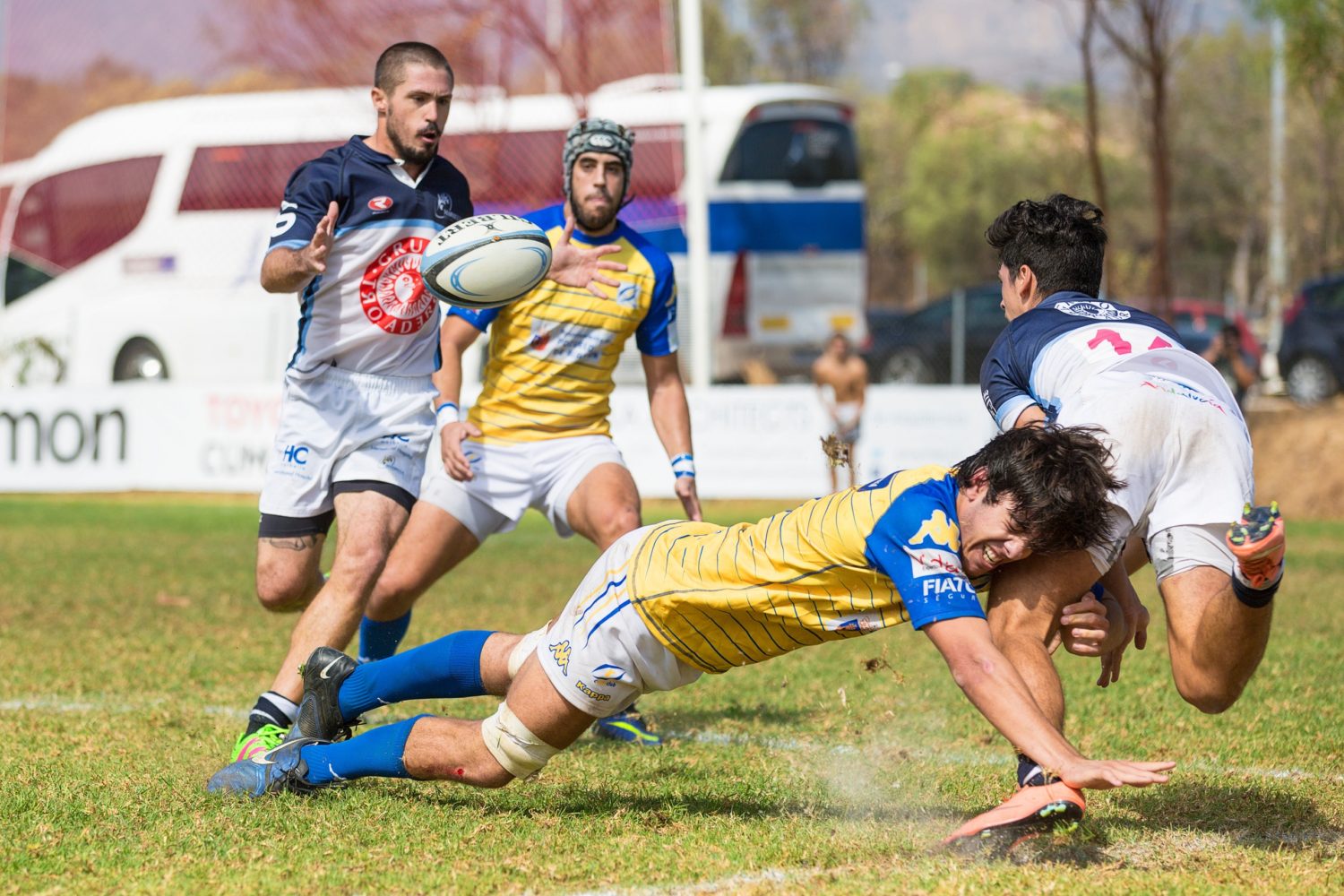
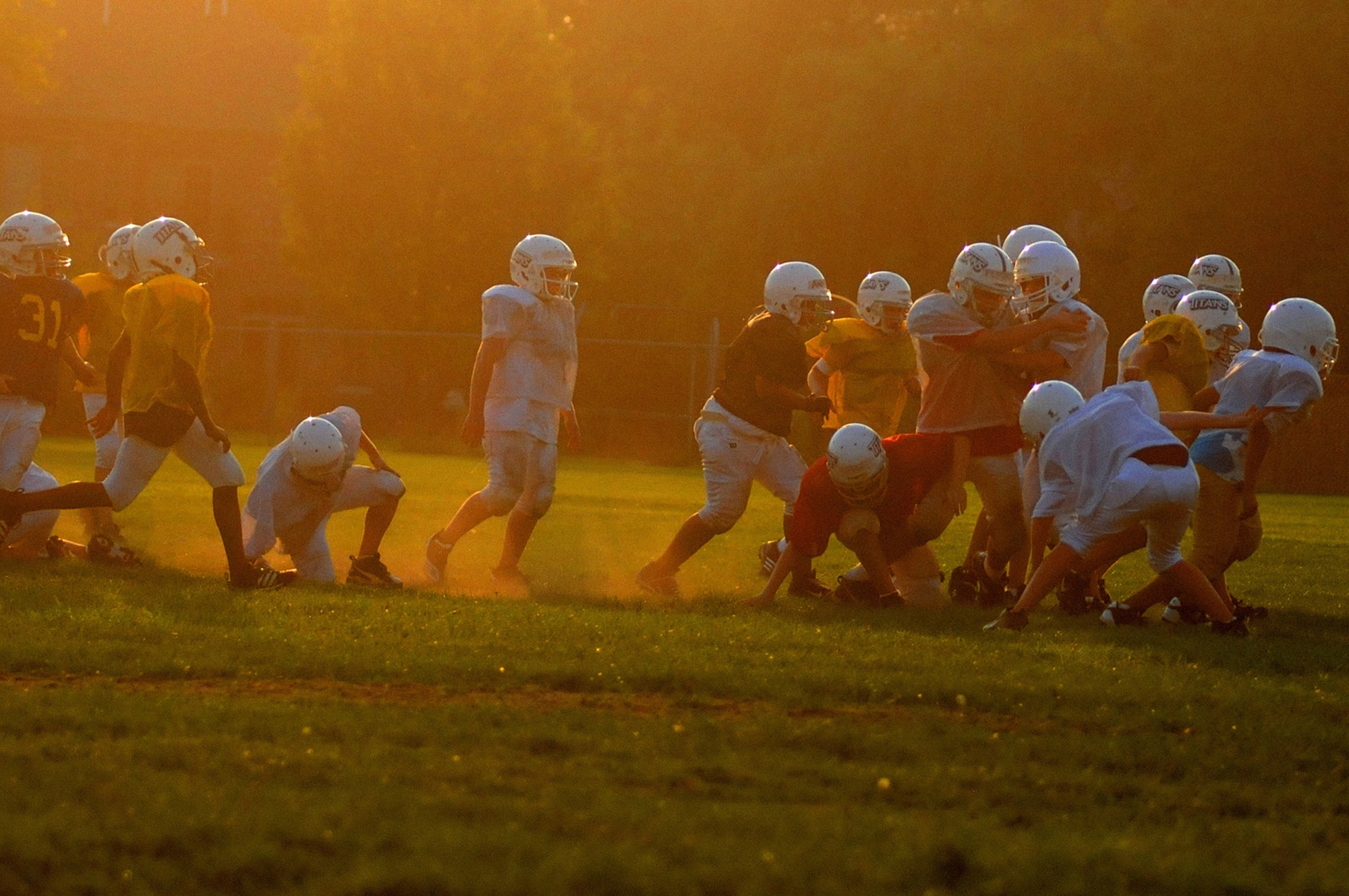
A concussion is scientifically defined as a “complex pathophysiological process affecting the brain, induced by biomechanical forces”.
It may be caused by a direct blow to the head, neck or another part of the body which could therefore result in force transmitted towards the brain.
There are 2 main physiological types of concussion injuries:
- Coup-contrecoup A direct force to the head causes the brain to first shift within the skull towards the place of impact (coup), and subsequently to the opposite side of the skull creating the impact injury there as well (contrecoup). This creates localised swelling and disruption of the neural function. Symptoms usually vary depending on the side of impact, e.g., side blow will impact both temporal lobes, whilst back or front blow will target occipital and frontal lobes of the brain.
- Acceleration-decelerationCollisions or impacts to the body, even not directly on the head can create high-velocity jerk of the skull thus causing a mechanical shear stress on neural tissue,as well as direct impact described above.
Regardless of the injury type concussion symptoms represent a disruption in functioning of the brain with or without the damage to the brain structure. The forces producing the injury cause instantaneous increase in neural activity (multiple neurons firing at the same time) compared to normal brain activity levels. This leads to extensive metabolic cascade in the neural tissue resulting in subsequent energy depletion within these cells over time.
The symptoms of a concussion vary in the timeframe they present, e.g., short lived, presenting immediately, or more prolonged or delayed in time.
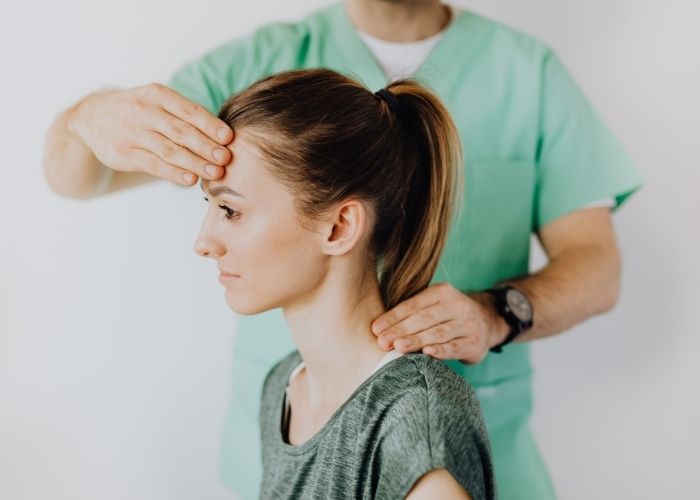
Some symptoms of a concussion:
Immediate
- Loss of consciousness
- Loss of balance
- Reduced movement coordination or unsteady gait
- Vomiting or nausea
- Headache
- Visual disturbances (tunnel, double, blurry vision, flashes) or other neurological effects, e.g., slurred speech
Delayed and/or prolonged
- Headaches
- Increased fatigue
- Cognitive symptoms such as difficulty concentrating or delayed reaction time. Some also report “fogginess” or “brain fog”
- Emotional symptoms such as lability or feeling down
- Behavioural changes such as irritability or anger
- Amnesia, short or long term
- Sleep disturbances
A player that is displaying any of these symptoms requires immediate medical attention and must stop playing until assessed by a health professional. An important part of this screen is an assessment of cognitive function.
Research has found that quick on-field screens for example orientation questions (name, place and time) are not reliable measures of cognitive function. Therefore, a thorough assessment of this system using a standardized assessment tool is necessary.
The SCAT5 (for ages 13-17 and over) and the ChildSCAT3 are such tools that offer a reliable measure of the severity of a concussion.
A comprehensive history may be required from eyewitnesses that were present when the injury occurred or from relatives or coaches that may have noticed behavioural changes. In addition to this, neuroimaging may be necessary to eliminate the possibility of structural damage to the brain.
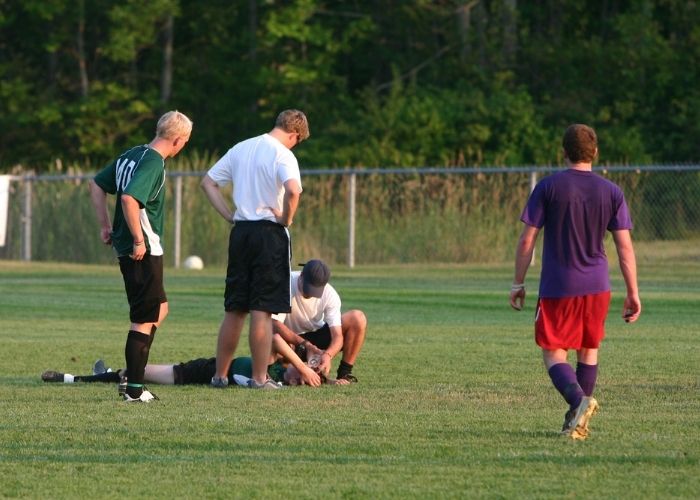
Management of a concussion
No player should return to play on the day of the injury.
The management of a concussion usually involves cognitive and physical rest for a period of 24- 48 hours, followed by a short period of gradual increase in activity prior to obtaining medical clearance for sport. The majority of concussion injuries will resolve over a few days, however it is important to monitor the player for any persisting symptoms of a concussion. Symptoms lasting more than 2 weeks are defined as post-concussion syndrome and require ongoing management.

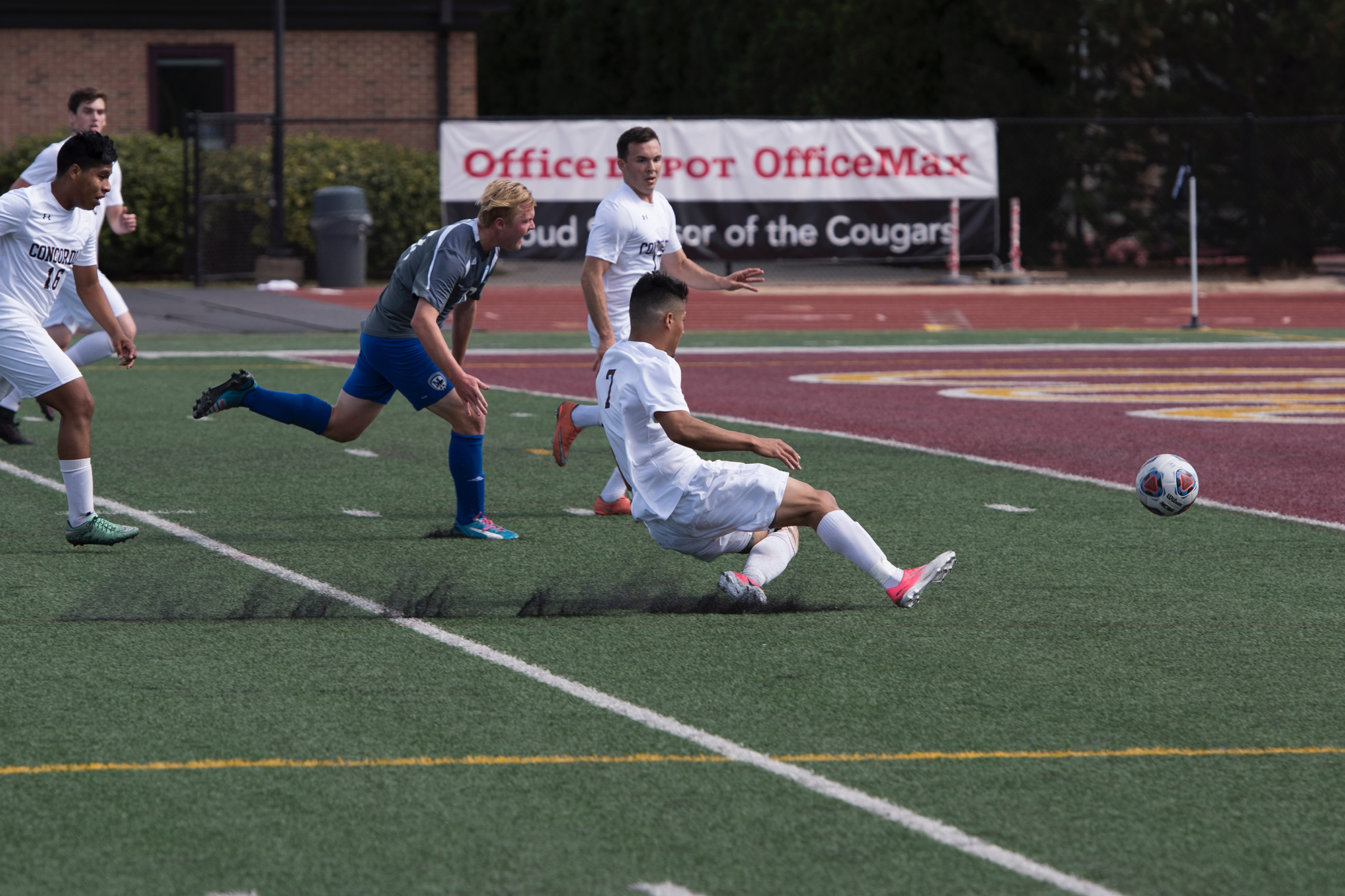
There is little good quality evidence supporting the effectiveness of rest alone. The rehabilitation following a concussion usually involves active treatment and is based on a step-by-step increment inactivity.
In this form of rehabilitation, by the player cannot progress into the next stage if he or she is not symptom free.
The steps of return to play include rest, light aerobic exercise, sport-specific drills, non-contact drills, full contact practice and finally return to play.
The use of multimodal physiotherapy treatment may also be useful in the event of vestibular or cervical dysfunction.
Cases, where symptoms persist for greater than 10 days (10-15% of cases), require further rehabilitation with a multidisciplinary team.
HOW CAN I PROTECT MY HEAD FROM ANOTHER CONCUSSION?
Little can be done to prevent a sporting concussion other that stress the importance of fair and safe play and implement rule changes to the sport where applicable.
Prevention of head and facial injuries in sport can be achieved through the wearing of protective helmet and mouthguards.
However, there is little conclusive evidence to relate the use of protective gear with a reduction in concussions.

If you are suffering from injuries related to a concussion, the friendly team at Pivotal Motion can help!
Book an appointment online or call the clinic today on 07 3352 5116.

